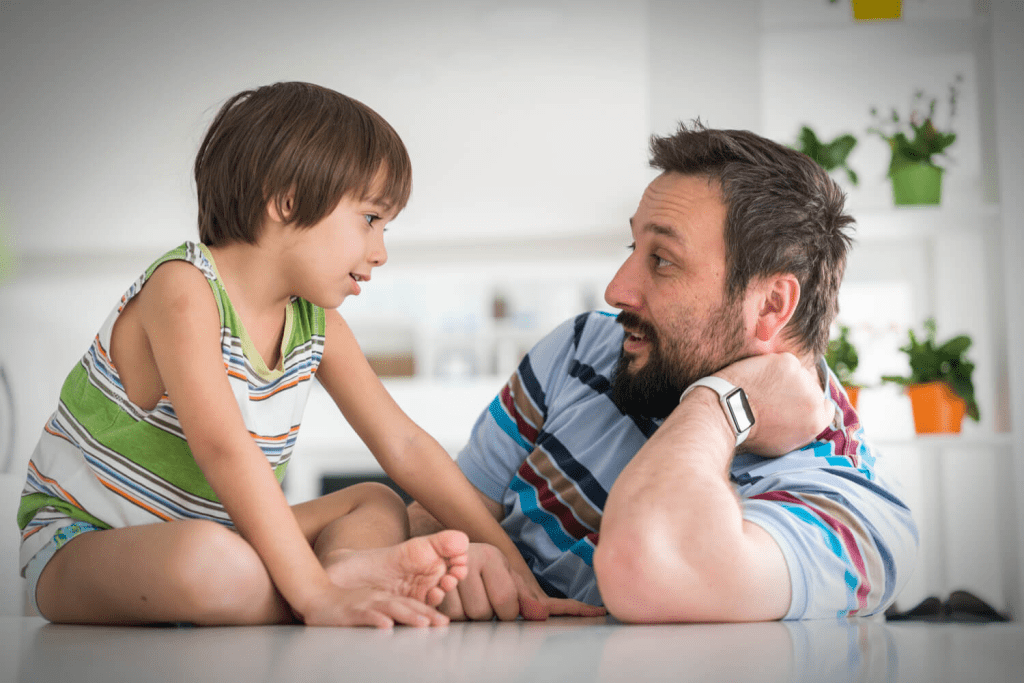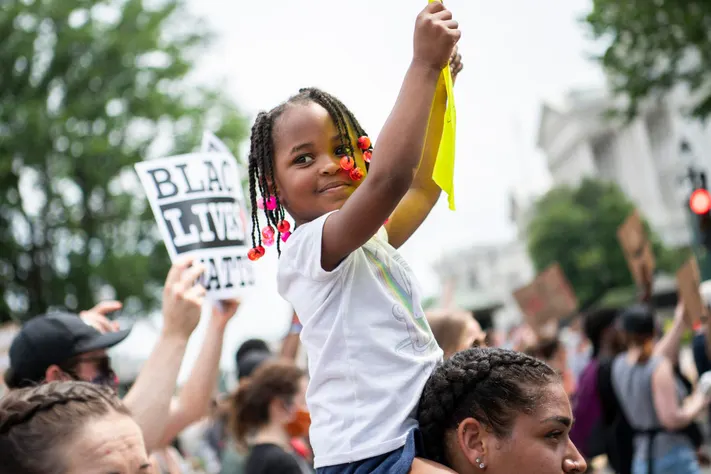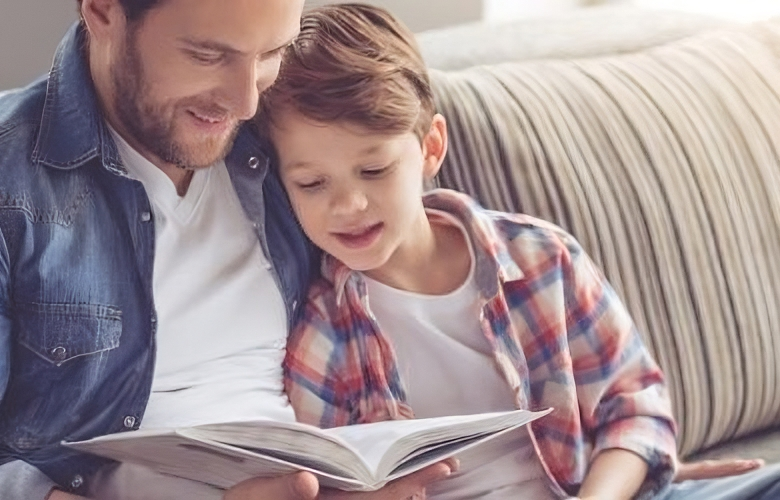“We worry about what a child will become tomorrow, yet we forget that they are someone today.” – Stacia Tauscher. This quote beautifully encapsulates the importance of recognizing children as individuals with their own thoughts, opinions, and the right to express them. As parents and caregivers, we must nurture a child’s ability to express themselves freely, allowing them to grow into confident, creative, and empathetic individuals. But how do we strike the balance between guiding them and giving them the space to explore their voice?
Why Freedom of Expression Is Vital for Children

Children, like adults, have the right to freedom of expression. They should be allowed to share their ideas, feelings, and opinions without fear of judgment or suppression. This freedom doesn’t just apply to speech—it extends to writing, art, and other forms of creative expression. But why is this so important?
When children are allowed to express themselves, they develop self-confidence, problem-solving skills, and the ability to engage with the world in a meaningful way. They learn how to navigate complex social situations, advocate for their needs, and contribute to discussions that affect them. In short, freedom of expression helps children become independent thinkers and resilient individuals.
The Role of Parents: Setting Boundaries While Encouraging Expression
One of the most challenging aspects of parenting is knowing when to guide and when to let go. Freedom of expression doesn’t mean letting your child say or do anything without consequences. Children must learn that with rights come responsibilities. They must understand that their words and actions can impact others, and they should be mindful of that.
As parents, we should set appropriate boundaries that teach children to respect others while still encouraging them to express their thoughts and ideas. This balance allows children to feel heard while understanding the value of empathy and consideration for others.
For example, if your child disagrees with you about a household rule, let them voice their opinion and explain why they feel that way. You may not change the rule, but by allowing the discussion, you’re teaching them that their opinions matter. This approach builds trust and encourages open communication.
Supporting Self-Expression Through Creative Outlets
Creativity is one of the most powerful forms of self-expression for children. Whether through drawing, writing, building, or storytelling, children use their creativity to explore their emotions, solve problems, and communicate with the world. Encouraging creativity provides them with an outlet to express what they might not yet have the words to articulate.
But how do you foster creativity in a world where screens and structured activities often dominate?
-
-
- Provide Open-Ended Materials: Offer materials like crayons, paper, building blocks, or clay, and let your child create without specific instructions. Open-ended materials allow them to explore their imagination without the pressure of “getting it right.”
- Designate a Creative Space: A designated area for your child to create can be a simple corner with basic supplies. This gives them the freedom to engage in creative activities without fear of making a mess.
- Encourage Storytelling: Whether it’s through writing or oral storytelling, encourage your child to create stories. This can be about their day, their dreams, or completely imaginative worlds. Storytelling fosters linguistic skills and helps them organize their thoughts.
- Incorporate Music and Dance: Some children express themselves better through movement and music. Encourage your child to explore different genres of music or create their own dance routines.
By providing these outlets, you’re allowing your child to express themselves in ways that feel natural to them, boosting their creativity and confidence.
The Importance of Listening to Your Child

As adults, we often forget that children are constantly observing and processing the world around them. They form opinions, have ideas, and want to be part of the conversation. One of the most powerful things you can do as a parent is listen to your child.
Listening doesn’t just mean hearing their words; it means understanding their emotions, validating their experiences, and responding with empathy. When a child feels heard, they are more likely to express themselves freely and openly.
For example, if your child comes to you with a drawing they made, instead of just saying “That’s nice,” ask them about it. “Tell me about your drawing” opens the door for them to share their thoughts and feelings, fostering deeper communication.
How to Teach Children About Responsibility and Respect
While we want to encourage freedom of expression, it’s equally important to teach children that their words and actions carry weight. Children need to learn that they can express themselves freely, but they must do so in a way that respects others’ feelings and rights.
A great way to do this is by modeling respectful communication. Show your child how to express disagreement in a constructive way. If they see you handle conflicts calmly and respectfully, they are more likely to mimic that behavior.
You can also encourage discussions about different viewpoints. For example, if your child expresses a strong opinion about a topic, gently introduce them to opposing views and explain why it’s important to respect differences.
Understanding Children’s Rights to Freedom of Expression

Children’s rights to freedom of expression are protected under international laws, such as the United Nations Convention on the Rights of the Child (UNCRC). Article 13 of the UNCRC states that children have the right to seek, receive, and impart information and ideas of all kinds, regardless of frontiers, in any form of their choice. This could be through speech, art, writing, or other media.
However, these rights are not absolute. They come with the responsibility to respect the rights and reputations of others, as well as considerations for public safety, order, and morality. This balance ensures that children can express themselves freely while still being mindful of the impact their words and actions have on others.
As parents, it’s our role to help children understand these responsibilities while empowering them to use their voices.
Creating a Safe Environment for Expression
Children need to feel safe to express themselves. If they fear judgment, ridicule, or punishment, they may be reluctant to share their thoughts or feelings. Creating a safe environment means fostering open communication where children feel comfortable sharing their ideas without fear of retribution.

Here are some ways to create a supportive environment:
-
- Avoid Harsh Criticism: If your child expresses an opinion you disagree with, resist the urge to shut them down. Instead, engage in a conversation where you both share your perspectives.
- Celebrate Diversity of Thought: Encourage your child to explore different viewpoints, even if they don’t align with your own. This helps them develop critical thinking skills and understand the value of diversity.
- Praise Effort, Not Perfection: Whether it’s a piece of art, a story, or an opinion, praise your child’s effort in expressing themselves. This boosts their confidence and encourages them to continue exploring their voice.
Conclusion: Empowering the Next Generation
Giving your child the freedom of expression is one of the greatest gifts you can offer. It helps them grow into confident, empathetic, and creative individuals who are not afraid to share their ideas and advocate for themselves. By fostering a safe and supportive environment where your child can explore their voice, you’re empowering them to navigate the world with confidence and integrity.
Remember, children are not just future adults—they are individuals with thoughts, ideas, and feelings that matter right now. Let’s listen to them, guide them, and most importantly, give them the freedom to be themselves. In doing so, we help shape a generation of thinkers, creators, and compassionate leaders.
-


